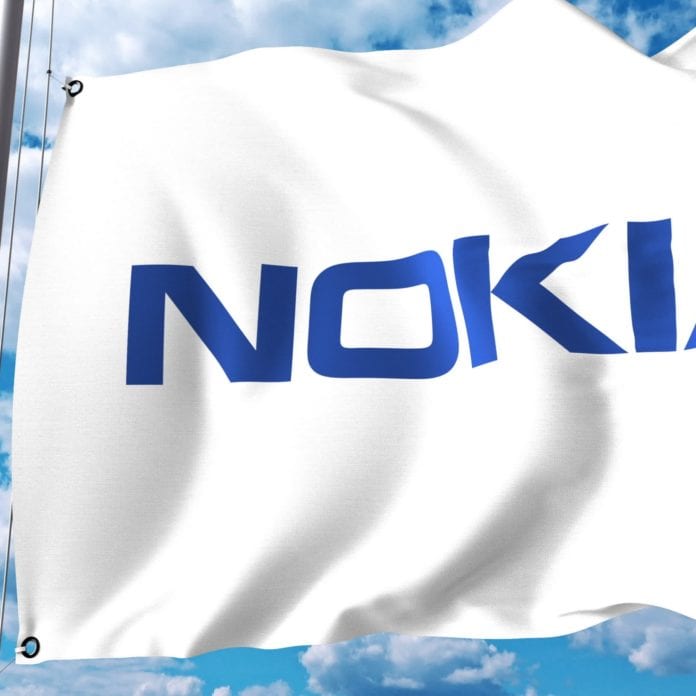Head of Nokia Wi-Fi: “5G and Wi-Fi are going to be dominant wireless technologies”
Providing Wi-Fi services is not new for Nokia; however, with significant Wi-Fi improvements on the horizon with the launch of 802.11ax, or Wi-Fi 6, the telecommunications vendor company established a new division within its ranks a few years ago that focuses almost exclusively on Wi-Fi. Justin Doucette, head of Nokia Wi-Fi, spoke to RCR Wireless News about the goals of the new division, as well as the complimentary relationship he expects to see between 5G and Wi-Fi 6 in the next few years.
“We are an end-to-end technology provider,” Doucette said, “and a few years ago, we carved out this Wi-Fi division, which builds out an innovated, differentiated, and branded solution for Wi-Fi end users.”
He added that it’s not just end users who are excited about Nokia’s increased dedication to Wi-Fi. “Operators [are excited as well] because at the end of the day, as long as the end user is happy […] the operator is happy because that drives revenue and brand exposure, and reduces cost for the operator.”
“There is a lot of excitement from the operators around 802.11ax products. There is also a lot of push [for products] not just from the chipset manufacturers, but also from those on the mobile side,” Doucette commented.
Wi-Fi 6 will provide a number of improvements over Wi-Fi 5, the most obvious of those being speed. Through more efficient data encoding, resulting in higher throughput, Wi-Fi 6 will offer an astonishing 6.1 Gbps increase in speed.
Doucette pointed out that most noticeable improvements will be seen in dense, highly populated environments with lots of connections, such as a sports stadium or a large industrial park. Wi-Fi 6’s improved version of multi-user (MU-MIMO), which lets the access point talk to multiple devices at once, and Orthogonal Frequency Division Multiple Access (OFDMA), which divides a wireless channel into a large number of sub-channels are just a few features that make the next generation of Wi-Fi more reliable in environments where multiple devices are connected to the same access points.
Other key features include transmit beamforming, which improves signal power resulting in significantly higher rates at a given range, and 1024 quadrature amplitude modulation mode (1024-QAM), which enables throughput increases by as much as 25% over Wi-Fi 5.
For Doucette, however, the most exciting aspect of the new standard of connectivity are the capabilities that the access to the 6 GHz spectrum will provide. “The FCC and the EU voting to open up the 6GHz spectrum for Wi-Fi will provide a significant amount of more throughput for the end user.”
When the FCC vote to open up the 6 GHz spectrum for Wi-Fi was completed in 2018, the Wi-Fi Alliance praised the result and Alliance Senior Director Alex Roytblat commented, “Today, more than ever, Wi-Fi is expected to deliver vast amounts of data traffic that comes with broadband services such as 5G. Wi-Fi 6 is designed to support these growing data throughput requirements […] That is why access to the mid-band, 6 GHz, unlicensed spectrum is so important to Wi-Fi’s future.”
It is hard to talk about 802.11ax without bringing 5G into the conversation. “5G and Wi-Fi are going to be the two dominant wireless technologies over the next five to 10 years,” Doucette said. “And obviously 5G rolling out is crucial for us because that’s where Nokia’s real presence is. This transition from 4G to 5G is a huge corporate opportunity for us and there is a lot of focus and progress on that side of the house.”
“But,” he added, “I do believe that there is still going to be a need for Wi-Fi offload, and there is still going to be trillions of Wi-Fi-enabled devices. You can’t snap your fingers and turn all of those Wi-Fi devices into 5G devices overnight, so there is going to be a happy union between the two technologies.”
Doucette painted a picture in which on the outside, as in literally outdoors, users will connect via 5G, and the moment they go inside, either a home or business, or a coffee shop, the connected device will be offloaded to Wi-Fi. “In that way, those two technologies will work every well together,” he concluded.
If Doucette’s picture is accurate, the future promises to be one of seamless and reliable connection. “It is a really exciting time,” he added.

